A Deep Neural Network for Image Segmentation
DOI: 10.23977/jeis.2023.080602 | Downloads: 32 | Views: 1646
Author(s)
Fan Yu 1, Haoran Gui 1, Huawei Wan 2
Affiliation(s)
1 Beijing University of Civil Engineering and Architecture (BUCEA), Beijing, China
2 Satellite Application Center for Ecology and Environment, Ministry of Ecology and Environment, Beijing, China
Corresponding Author
Fan YuABSTRACT
Many tasks demand high-quality remote sensing image annotation products that are difficult to achieve through existing automated methods. Obtaining high-quality pixel annotations is time-consuming and laborious. This study proposes architecture with controllable correction ability that can automatically generate image annotations and allow annotators to adaptively correct previous annotations by making simple guidance information after discovering errors. This method can be applied to any convolution-based network. A training method and metric were proposed to measure the efficiency of re-annotation. We conducted experiments on the Vaihingen dataset using different base architectures and backbones. Our study shows that our training method can effectively direct the guidance module to utilize the guidance information and improve the re-annotation efficiency up to 2.53 times. In addition, more advanced architectures may give better results.
KEYWORDS
Image Annotation, Machine Learning, Re-annotatingCITE THIS PAPER
Fan Yu, Haoran Gui, Huawei Wan, A Deep Neural Network for Image Segmentation. Journal of Electronics and Information Science (2023) Vol. 8: 7-14. DOI: http://dx.doi.org/10.23977/10.23977/jeis.2023.080602.
REFERENCES
[1] Selvaraju, Ramprasaath R., et al. "Grad-cam: Visual explanations from deep networks via gradient-based localization." Proceedings of the IEEE international conference on computer vision. 2017.
[2] Qin, Xuebin, et al. "Bylabel: A boundary based semi-automatic image annotation tool." 2018 IEEE Winter Conference on Applications of Computer Vision (WACV). IEEE, 2018.
[3] Sampathkmar, Urmila, et al. "Assisted ground truth generation using interactive segmentation on a visualization and annotation tool." 2016 IEEE Applied Imagery Pattern Recognition Workshop (AIPR). IEEE, 2016.
[4] Dai, Jiguang, et al. "Road extraction from high-resolution satellite images based on multiple descriptors." IEEE Journal of Selected Topics in Applied Earth Observations and Remote Sensing 13 (2020): 227-240.
[5] Qin, X., et al. "Accurate Outline Extraction of Individual Building from Very High-Resolution Optical Images." IEEE Geoscience and Remote Sensing Letters 15.11(2018):1775-1779.
[6] Amiri, Khitem, and Mohamed Farah. "Graph of concepts for semantic annotation of remotely sensed images based on direct neighbors in RAG." Canadian Journal of Remote Sensing 44.6 (2018): 551-574.
[7] Mou, Lichao, Yuansheng Hua, and Xiao Xiang Zhu. "Relation Matters: Relational Context-Aware Fully Convolutional Network for Semantic Segmentation of High-Resolution Aerial Images." IEEE Transactions on Geoscience and Remote Sensing 58.11 (2020): 7557-7569.
[8] Niu, Ruigang, et al. "Hybrid multiple attention network for semantic segmentation in aerial images." IEEE Transactions on Geoscience and Remote Sensing (2021).
[9] Benjdira, Bilel, et al. "Unsupervised domain adaptation using generative adversarial networks for semantic segmentation of aerial images." Remote Sensing 11.11 (2019): 1369.
[10] Lin, Tsung-Yi, et al. "Focal loss for dense object detection." Proceedings of the IEEE international conference on computer vision. 2017.
[11] Chen, Liang-Chieh, et al. "Encoder-decoder with atrous separable convolution for semantic image segmentation." Proceedings of the European conference on computer vision (ECCV). 2018.
[12] Badrinarayanan, Vijay, Alex Kendall, and Roberto Cipolla. "Segnet: A deep convolutional encoder-decoder architecture for image segmentation." IEEE transactions on pattern analysis and machine intelligence 39.12 (2017): 2481-2495.
[13] Olaf Ronneberger, Philipp Fischer, and Thomas Brox. U-net: Convolutional networks for biomedical image segmentation. In International Conference on Medical image computing and computer-assisted intervention, pages 234–241. Springer, 2015.
[14] Xu, Lu, et al. "Farmland extraction from high spatial resolution remote sensing images based on stratified scale pre-estimation." Remote Sensing 11.2 (2019): 108.
[15] Phiri, Darius, et al. "Decision tree algorithms for developing rulesets for object-based land cover classification." ISPRS International Journal of Geo-Information 9.5 (2020): 329.
[16] Memon, Nimrabanu, Samir B. Patel, and Dhruvesh P. Patel. "A Novel Approach of Polsar Image Classification Using Naïve Bayes Classifier." Mathematical Modeling, Computational Intelligence Techniques and Renewable Energy: Proceedings of the First International Conference, MMCITRE 2020. Springer Singapore, 2021.
[17] Rana, Vikas Kumar, and Tallavajhala Maruthi Venkata Suryanarayana. "Performance evaluation of MLE, RF and SVM classification algorithms for watershed scale land use/land cover mapping using sentinel 2 bands." Remote Sensing Applications: Society and Environment 19 (2020): 100351.
[18] Jonathan Long, Evan Shelhamer, and Trevor Darrell. Fully convolutional networks for semantic segmentation. In Pro-ceedings of the IEEE conference on computer vision and pat-tern recognition, pages 3431–3440, 2015.
[19] Isprs.2d semantic labeling contest-vaihingen. [Online].Available: http://www2.isprs.org/ commissions/ comm3/ wg4/ 2d-sem-label-vaihingen.html
[20] Diederik P Kingma and Jimmy Ba. Adam: A method for stochastic optimization. arXiv preprint, 2014.
[21] He, Nanjun, Leyuan Fang, and Antonio Plaza. "Hybrid first and second order attention Unet for building segmentation in remote sensing images." Science China Information Sciences 63.4 (2020): 1-12.
[22] Abdollahi, Abolfazl, Biswajeet Pradhan, and Abdullah M. Alamri. "An ensemble architecture of deep convolutional Segnet and Unet networks for building semantic segmentation from high-resolution aerial images." Geocarto International (2020): 1-16.
[23] Lin, Yeneng, et al. "Road extraction from very-high-resolution remote sensing images via a nested SE-Deeplab model." Remote sensing 12.18 (2020): 2985.
[24] Hou, Yuewu, et al. "C-UNet: Complement UNet for Remote Sensing Road Extraction." Sensors 21.6 (2021): 2153.
[25] Campos, Adrian, et al. "Deep Convolutional Neural Networks for Road Extraction." 2020 IEEE Green Energy and Smart Systems Conference (IGESSC). IEEE, 2020.
[26] Zhao, Hengshuang, et al. "Pyramid scene parsing network." Proceedings of the IEEE conference on computer vision and pattern recognition. 2017.
[27] Zhou, Zongwei, et al. "Unet++: A nested u-net architecture for medical image segmentation." Deep learning in medical image analysis and multimodal learning for clinical decision support. Springer, Cham, 2018. 3-11.
[28] Chen, Liang-Chieh, et al. "Rethinking atrous convolution for semantic image segmentation." arXiv preprint arXiv: 1706. 05587 (2017).
[29] Krähenbühl, Philipp, and Vladlen Koltun. "Efficient inference in fully connected crfs with gaussian edge potentials." Advances in neural information processing systems 24 (2011): 109-117.
[30] Goodfellow, Ian, et al. "Generative adversarial nets." Advances in neural information processing systems 27 (2014).
[31] F. Chollet, "Xception: Deep learning with depthwise separable convolutions," in CVPR, 2017.
[32] O. Russakovsky, J. Deng, H. Su, J. Krause, S. Satheesh, S. Ma, Z. Huang, A. Karpathy, A. Khosla, M. Bern-stein et al., "Imagenet large scale visual recognition challenge, "International journal of computer vision, 115(3), 211–252 (2015).
| Downloads: | 13850 |
|---|---|
| Visits: | 586968 |
Sponsors, Associates, and Links
-
Information Systems and Signal Processing Journal
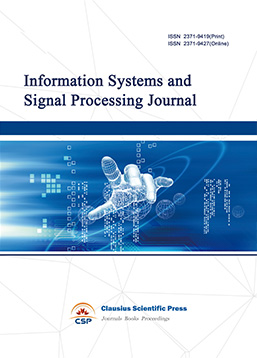
-
Intelligent Robots and Systems
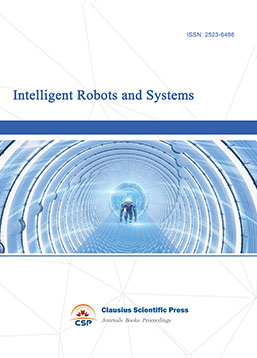
-
Journal of Image, Video and Signals
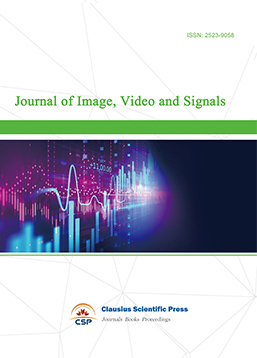
-
Transactions on Real-Time and Embedded Systems
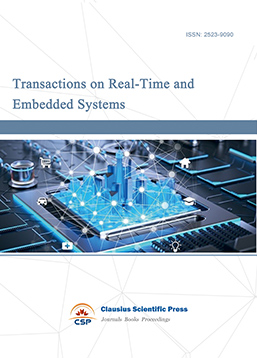
-
Journal of Electromagnetic Interference and Compatibility
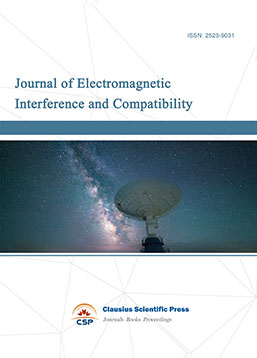
-
Acoustics, Speech and Signal Processing
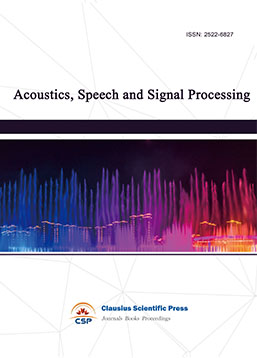
-
Journal of Power Electronics, Machines and Drives
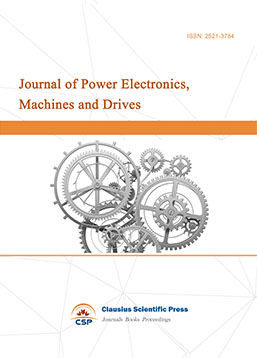
-
Journal of Electro Optics and Lasers
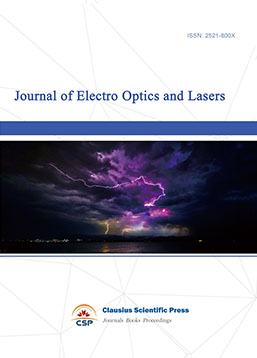
-
Journal of Integrated Circuits Design and Test
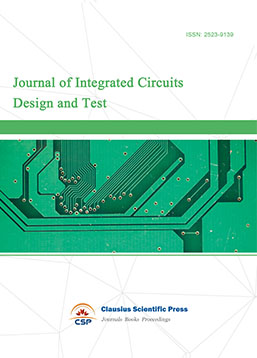
-
Journal of Ultrasonics
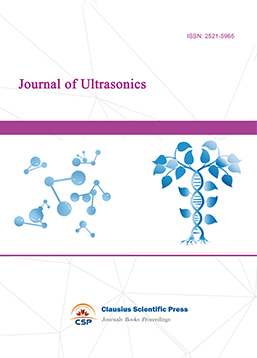
-
Antennas and Propagation
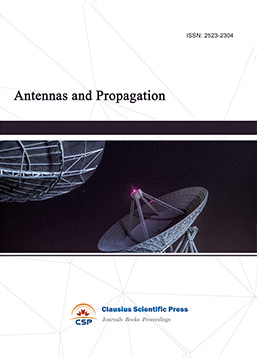
-
Optical Communications
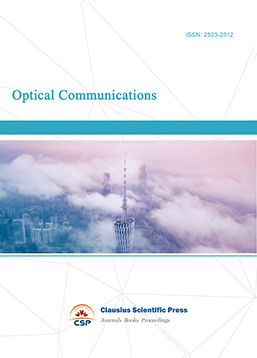
-
Solid-State Circuits and Systems-on-a-Chip
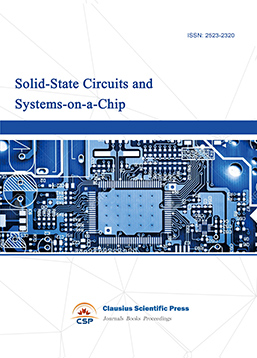
-
Field-Programmable Gate Arrays
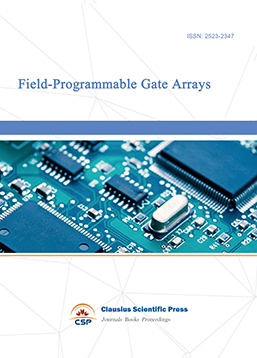
-
Vehicular Electronics and Safety
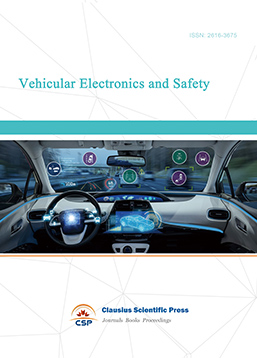
-
Optical Fiber Sensor and Communication
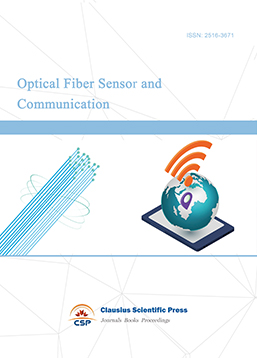
-
Journal of Low Power Electronics and Design
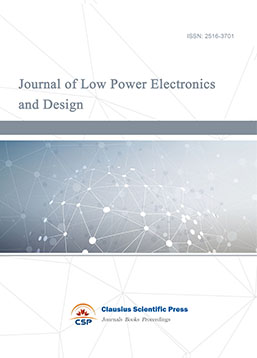
-
Infrared and Millimeter Wave
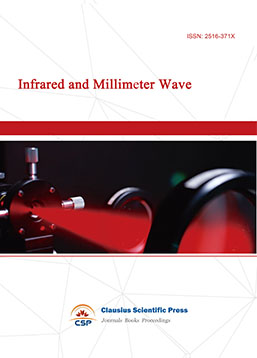
-
Detection Technology and Automation Equipment
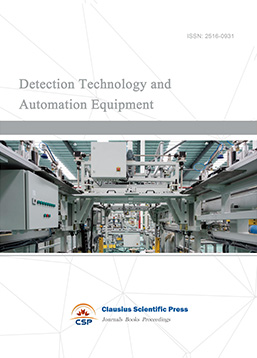
-
Journal of Radio and Wireless
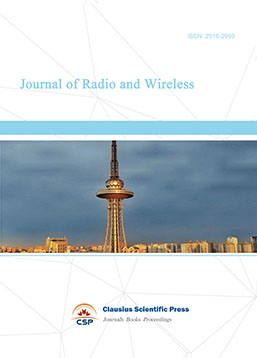
-
Journal of Microwave and Terahertz Engineering
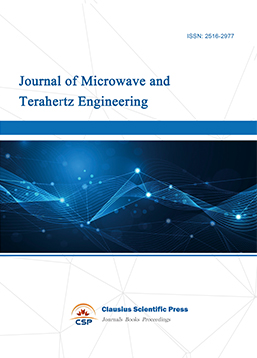
-
Journal of Communication, Control and Computing
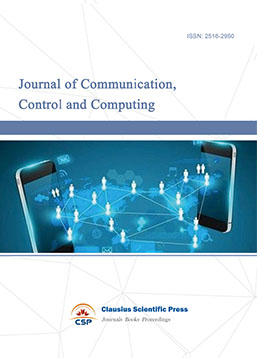
-
International Journal of Surveying and Mapping
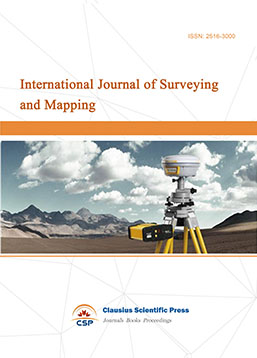
-
Information Retrieval, Systems and Services
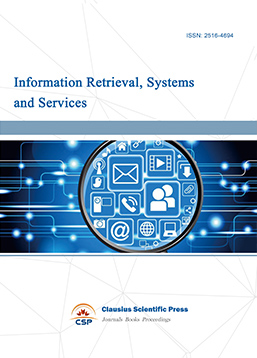
-
Journal of Biometrics, Identity and Security
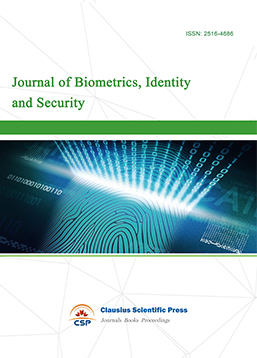
-
Journal of Avionics, Radar and Sonar
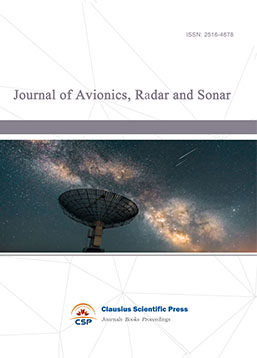

 Download as PDF
Download as PDF